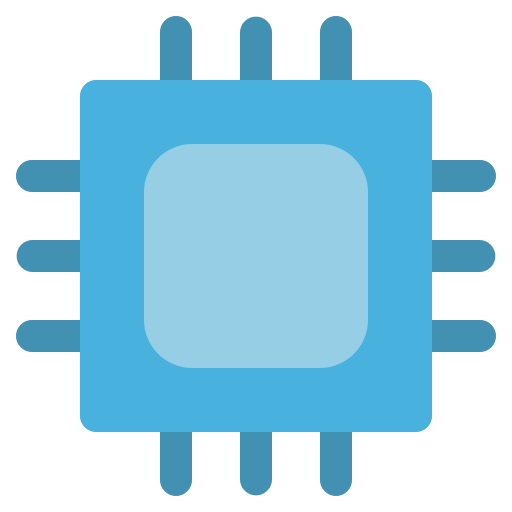

They said they thought they were within Github’s acceptable use guidelines; even though they make mods for hentai games and things like interactive vibrator plugins, they took care to not host anything explicit directly in their repositories.
A developer who goes by Sauceke, who Github suspended in mid-November without explanation, said their open-source adult toy mod users are now encountering broken links or simply can’t find any of their work.
Hmm. Buttplug.io’s GitHub repositories are still up, and I’d think that that’d be rather-more-prominent if the issue is sex toy code.











Web devs need hardware integration support too.